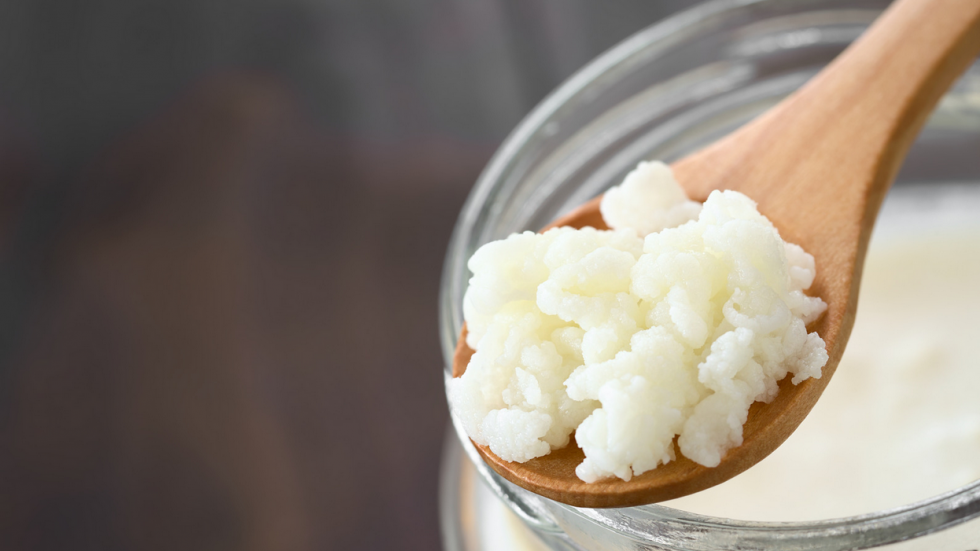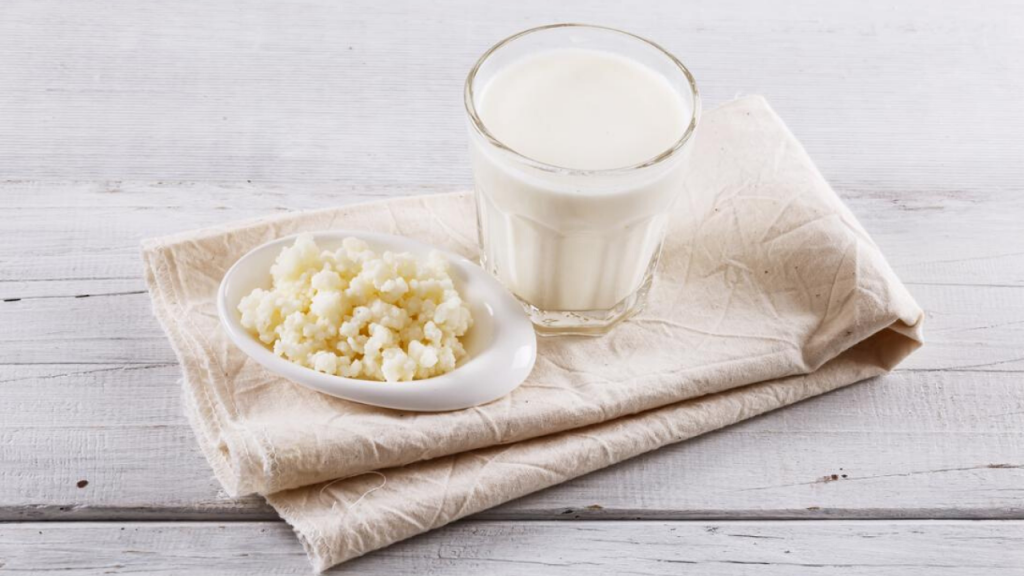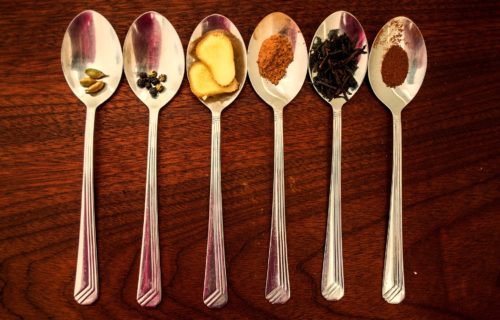
How to Make Milk Kefir
Milk kefir is my favourite fermented food. Not only is it loaded with probiotics, it is also one of the easiest ferments to make – two ingredients, minimal equipment, ferments at room temperature and has a fast turn-around time.
You will need milk kefir grains (which are not really grains at all, but little SCOBYs) to make milk kefir. See below for where to buy them. Unfortunately, most of the milk kefir you find in stores is made with only some of bacteria and yeast found in real milk kefir. This is because manufacturers need to control the alcohol and carbonation levels to make the product stable and sell-able. They use only certain strains of powdered bacteria and yeast. Thus the store-bought kefirs do not offer the same same variety or amount of the beneficial probiotics found in milk kefir fermented with milk kefir grains. More reason to make it yourself!
Check out my video below on how to make milk kefir.
Ingredients
- 1-2 tbsp kefir grains. You want to keep the grain to milk ratio about 5-10% grains.
- 2 cups whole, pastuerized milk, preferably organic (cow, goat, or sheep). Use whatever fat percentage you prefer.
Instructions
- Place the milk and the kefir grains in a 1-quart or 1-litre mason jar. Do not fill the jar all the way, leave a bit of head room (a place for the carbon dioxide).
- Screw on the lid and let it sit at room temperature for 24-72 hours. Shake it occasionally to disperse the bacteria and yeasts.
- Use a sieve to strain out the grains. Some say not to use metal, but I haven’t found it makes a difference.
- Make your next batch or store the grains in fresh milk in the refrigerator until you are ready to use again.
- You can drink your milk kefir then and there or leave it to ferment in a sealed vessel for another few days in the refrigerator to make it slightly carbonated.
Milk kefir can range from mildly-sour to super tart depending on how long you let it ferment. It can be eaten on its own, used in smoothies, dips, salad dressings, frozen to make ice-cream…basically any recipe where you would use yogurt.
Like all ferments, consuming it regularly is key. Try consuming milk kefir every day or every other day (alternating with yogurt). Luckily, it is quite easy to get into a rhythm with it.
Note: Since there are some yeasts in milk kefir, it does contain a low level of alcohol (under 0.5%). For less alcohol, do not ferment as long.

How to Know it's Fermenting
- It has a tangy, sour taste.
- If fermenting at warmer temperatures or more than 24 hours, the curds and whey start to separate.
- The grains grow larger and reproduce.
What can go Wrong
- All the whey goes to the bottom and the milk kefir grains and white parts go to the top.
It is still good! You can shake it up and consume. Try fermenting with fewer grains or at a cooler temperature. - It is too think to strain.
Simply pick out the grains from the strainer and enjoy a thicker kefir. You can add any whey that did strain out back in. If you prefer a thinner kefir, don’t ferment it as long and use a lower percentage milk. - You kefir looks like milk (i.e. doesn’t seem to be fermenting)
You may not be using enough grains for milk. Remember, you want about 5-10% grains. It could also be that your grains are not activated (aren’t alive) or your house it too cold. The milk kefir smells like yeast. Is that normal?
A bit of a yeasty smell is normal. If it smells like spoiled yeast, this could be a sign of contaminated grains. Get a fresh batch of grains and start over.- I think I have mold on my milk kefir!
This is very uncommon. Mold may appear whitish, greenish, orangy or as black spots or a pink discoloration of the milk. If this happens start over with a fresh batch of grains and milk. A slightly yellow colour is normal.
Storing the Grains
Grains are best stored in cow, goat or sheep milk. Will keep for several weeks in a small jar with some milk in the fridge. There are also ways to dehydrate the grains and store them for later.
Where to get Grains
I highly recommend getting live cultures from someone you know or from Kijiji. Fresh grains work far better than the dehydrated version.
You can also order live cultures from:
GEM Cultures
Kombucha Kamp
Dehydrated Cultures:
Culture for Health

